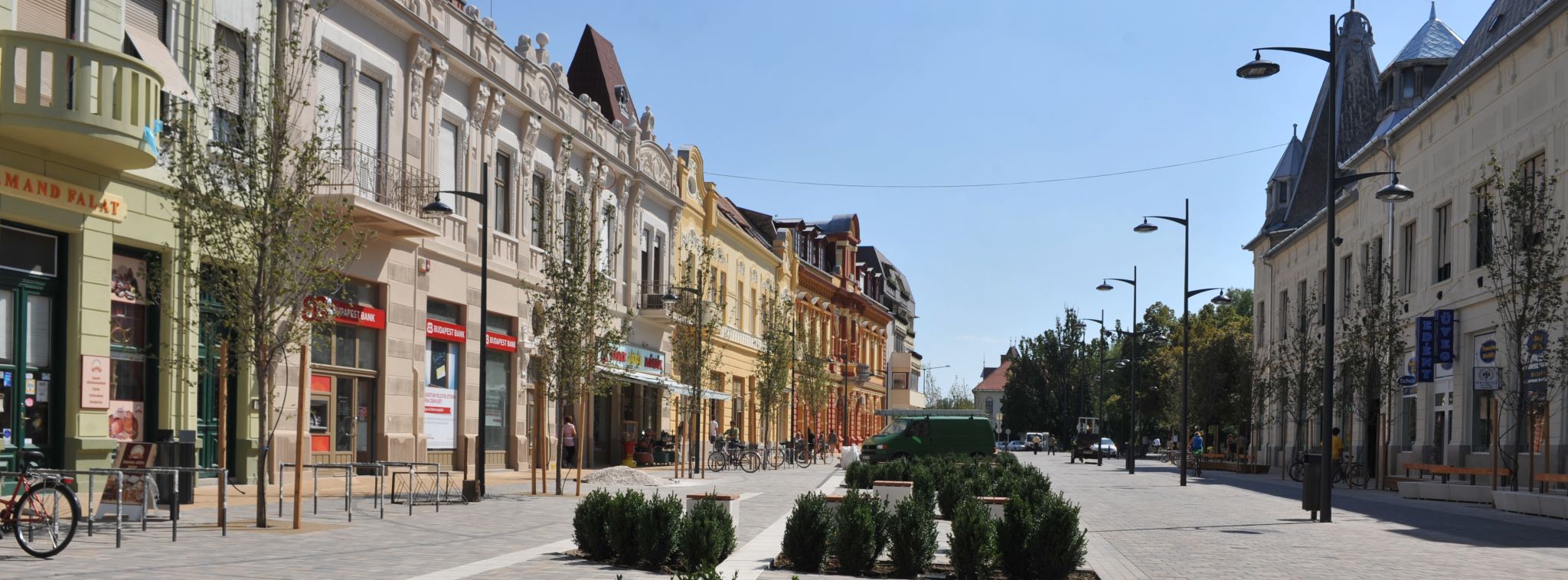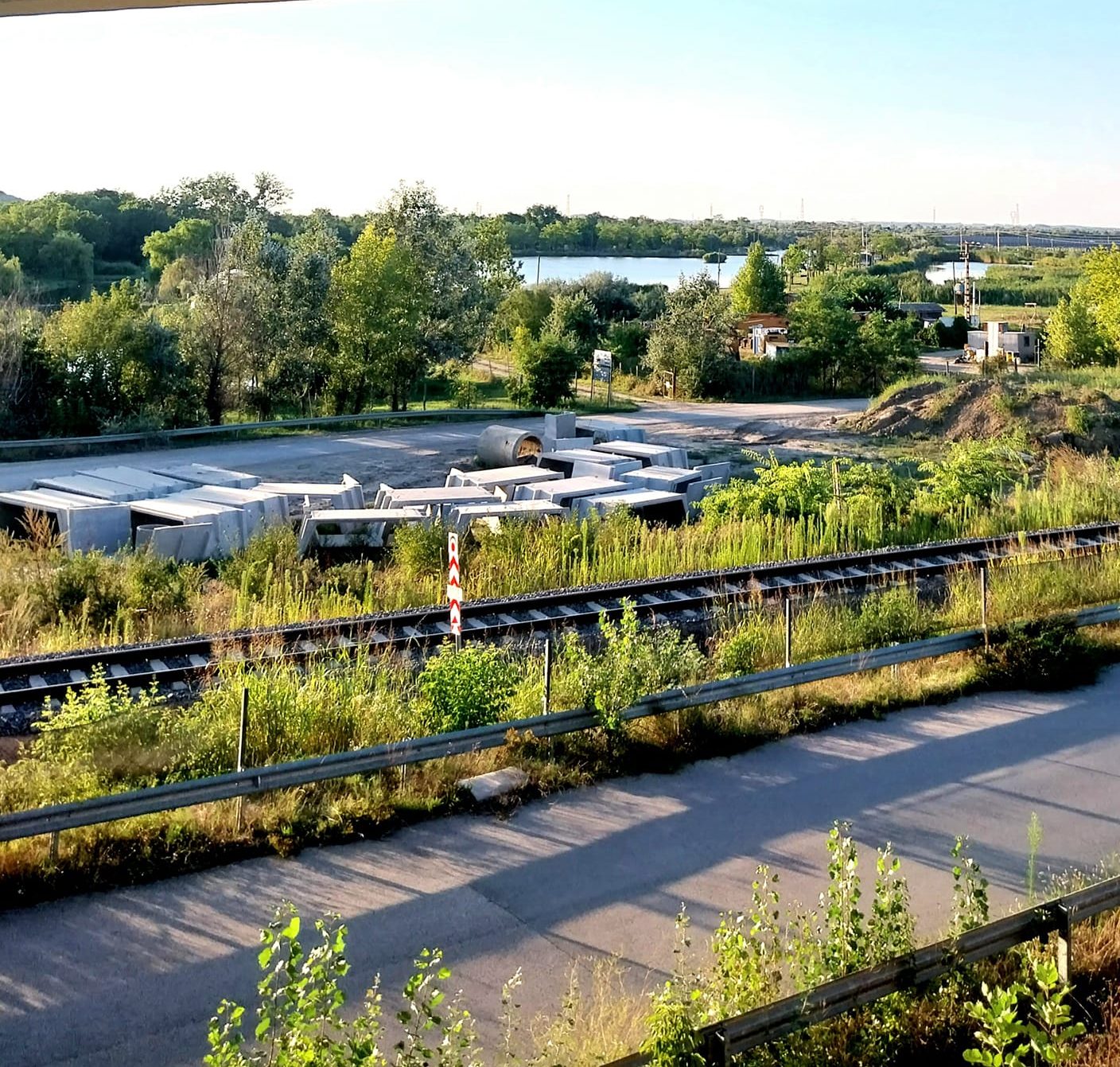The project is expected to be completed in summer 2024.Continue reading
Minister of Construction and Transport János Lázár made a series of infrastructure announcements. He presented a five-year investment plan and outlined a new bridge-building program on both the Tisza and the Danube rivers, reports Magyar Nemzet.
The minister said that Debrecen (eastern Hungary) will become the capital of the region and the second capital of Hungary. As the cabinet has been able to negotiate on the planning, a few dozen projects are being launched. These have been reorganized into a new structure, with Debrecen at the center. One of the main questions is how to attract the workforce to this center of the county. This is why the development of the road network around the region is a priority.
The minister indicated that
the M4 motorway towards Berettyóújfalu (eastern Hungary) should be continued, as well as the Debrecen-Nyíregyháza (northeastern Hungary) link, both rail and road.
He also noted that they “owe” the people of Szeged (southern Hungary) a connection to Debrecen, as currently all roads lead to Budapest and it is easier to get from Szeged to the capital than to Debrecen.
János Lázár continued saying that although Budapest accounts for a third of Hungary’s GDP, strengthening the countryside is a strategic goal, hence rural centers are being set up. A number of projects have been earmarked under this heading.
A new four-lane Tisza bridge will be built between Szeged and Hódmezővásárhely (southeastern Hungary).
The cycling infrastructure at Algyő (near Szeged) will be improved, about two kilometers long. Thanks to this, the Algyő-Hódmezővásárhely and Szeged-Hódmezővásárhely routes will be fully accessible by bicycle.

The main square of Hódmezővásárhely. Photo via Facebook/delmagyar.hu Hódmezővásárhely
There will also be a new Tisza bridge at Algyő. There is already a two-lane crossing, used by 17.5 thousand vehicles per day according to 2022 figures. However, traffic is regularly restricted due to the poor technical condition. This cannot be allowed to continue as it will disrupt traffic between Szeged and Hódmezővásárhely, pointed out the Minister Lázár. He stressed that
in the future the two cities will merge and become twin cities, with all the economic, political, and social consequences that entails.

The ramp of the Algyő bridge. Photo via Facebook/László Tóth/Szegedről, mindenkinek
A public tender worth several billion forints will be launched for the design of the new Tisza bridge. According to Lázár, there are two concepts: either the existing two-lane bridge will be renovated and a new two-lane bridge will be built on top of it, or the existing crossing will be completely demolished and a completely new four-lane bridge will be built.
What is certain is that it will be an investment of hundreds of billions of forints, and the new bridge will allow traffic to travel at 90 km/h. The aim is to start construction in the foreseeable future.
The Algyő bridge is not the only one on the agenda. Another is the St. Gellért bridge at Magyarcsanád, a new crossing point on the Romanian-Hungarian border. If this were built, both residential and freight traffic could be diverted to the M43. Moreover, the new bridge over the Danube at Mohács, for which the minister has already ordered construction, was also mentioned.
Via Magyar Nemzet, Featured image via Facebook/Duna Aszfalt